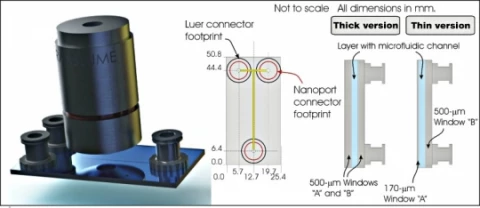Description
Flow Cells with T-Channel offer a sophisticated solution for microfluidic applications, featuring a fused silica construction that ensures durability and optical clarity. These flow cells are designed with two input ports connected via a straight channel to a single output port, providing efficient fluid management. The optically clear ceiling and floor of the microfluidic channels enhance visibility and precision in fluid flow observation.
Available in various configurations, these flow cells can be customized with or without connectors to suit specific needs. Options include models without connectors, with Luer connectors, or with UpChurch Nanoport connectors. This flexibility allows users to select the most appropriate setup for their applications, ensuring seamless integration with existing systems.
Constructed from high-quality fused silica glass, the flow cells are made from three layers thermally fused together, ensuring robustness and reliability. The body of the flow cell measures 2 inches in length and 1 inch in width, featuring a graduated reticle with 1mm spacing that runs perpendicular to the channel. Users can choose between a "Thin" version, with a 500µm-thick optical quality window on the top and a 170µm-thick window on the bottom, or a "Thick" version, with 500µm-thick optical quality windows on both sides.
The microfluidic features of the T-Channel Flow Cells include nearly vertical walls and a flat bottom, with both the channel ceiling and floor being flat and transparent for optimal optical quality. Channel dimensions can be selected based on specific requirements, with widths available at 100 microns or 300 microns, and depths at 250 microns or 500 microns. This customization ensures that the flow cells can be tailored to meet the precise demands of various microfluidic applications.
Flow Cells with T-Channel
Specifications
| Window Material: | IR grade fused silica, UV grade fused silica |
|---|---|
| Wavelength Range: | 200 – 1600 nm |
| Width: | 50.8 mm |
| Depth: | 0.5 mm |
| Height: | 12.7 mm |
| Fiber Optic Cable: | None |
Features
- High-Quality Material: Made from premium fused silica glass, ensuring durability and optical clarity.
- Thermally Fused Construction: Composed of three fused silica layers thermally fused together for enhanced strength.
- Compact Design: Flow cell body measures 2" long x 1" wide, suitable for various applications.
- Graduated Reticle: Features a 1mm spaced graduated reticle running perpendicular to the channel for precise measurements.
- Available Versions: Thin Version- 500µm-thick optical quality window on top and 170µm-thick on the bottom. Thick Version- 500µm-thick optical quality windows on both top and bottom.
- Microfluidic Channel Design: Features nearly vertical walls and a flat bottom for optimal fluid flow.
- Optical Quality Surfaces: Both the channel ceiling and floor are flat and transparent for clear observation.
- Customizable Channel Dimensions: Select channel width (100micron, 300micron) and depth (250micron, 500micron) to suit your needs.
Applications
- Microfluidic Applications: Ideal for applications requiring precise fluid control and manipulation, such as in microfluidic research and development.
- Optical Analysis: The optically clear ceiling and floor allow for optical analysis and imaging of fluids within the channel.
- Biotechnology and Life Sciences: Suitable for use in biological assays, cell culture studies, and other life science applications where microfluidic flow is essential.
- Chemical Processing: Can be used in small-scale chemical reactions and processes that require controlled fluid flow.
- Environmental Testing: Useful in environmental monitoring and testing applications where small sample volumes are analyzed.
- Pharmaceutical Research: Applicable in drug development and testing, where precise fluid handling is necessary.
- Diagnostics: Can be integrated into diagnostic devices for fluid sample analysis.
Frequently Asked Questions
What are the applications of the T-channel flow cell?
What are the available options for connectors?
What are the features of the T-channel flow cell?
What is a T-channel flow cell?
What is the difference between the Thin and Thick versions of the T-channel flow cell?
Similar Products


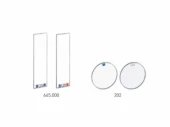
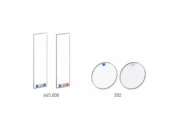
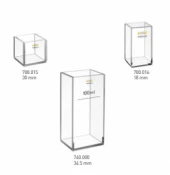



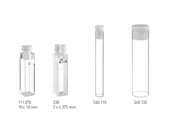
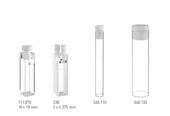

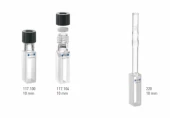
Your inquiry has been received.
Create an account by adding a password
Why create an account?
- Auto-complete inquiry forms
- View and manage all your past messages
- Save products to your favorites
- Close your account anytime — no hassle
